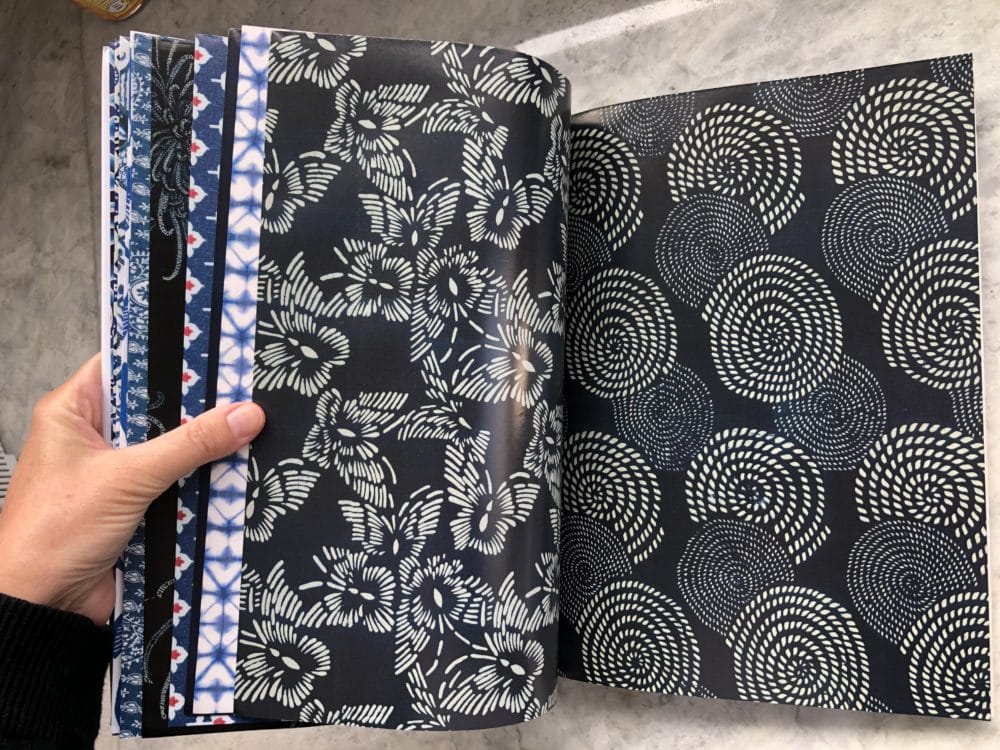What is a Still Life?
A still life (plural still lifes) is a work of art depicting mostly inanimate subject matter, typically commonplace objects which may be either natural (food, flowers, dead animals, plants, rocks, or shells) or man-made (drinking glasses, books, vases, jewelry, coins, pipes, and so on).
With origins in the Middle Ages and Ancient Graeco-Roman art, still-life painting emerged as a distinct genre and professional specialization in Western painting by the late 16th century, and has remained significant since then.
Still life gives the artist more freedom in the arrangement of elements within a composition than do paintings of other types of subjects such as landscape or portraiture. Early still-life paintings, particularly before 1700, often contained religious and allegorical symbolism relating to the objects depicted.
Wikipedia
Stillness Amidst the Chaos
So, the definition above is something to consider: Still Life as a subject has remained significant since the late 16th century!
How about that for long-lived history!? I’m working on a still life now that has me stuck on one quarter of the layout. But I love painting still life, even when it’s a brain teaser. Maybe in part because – as the definition points out – the artist has control over the theme, and the arrangement.
We can paint objects that are precious to us: family heirlooms, favorite flowers, or preferred colors, etc. We control the number of objects, their simplicity or complexity, and how they’re lit. (Read Christopher Stott’s essay on painting collectibles here. His work is amazing.)
As an exercise a few years ago, I painted a still life arrangement of all white objects. I’ve wanted to do it again ever since, because it was a lesson in values and reflective color. Have you tried doing that?

Using Gift Wrap for Patterns in Still Life Painting
I’ve got a hankerin’ to paint fruit on patterned surfaces. I think painting the intricate patterns might be meditative. And maybe we all require a little bit of that focus and respite these days. Getting lost painting patterns – even if I have to trace them onto the watercolor paper – sounds very relaxing to me.
The video demo in this post (above) uses a patterned cloth under the plate of fruit. A few years ago, I started collecting patterned gift wrap to use under still life set ups. Have you tried that?
You can get really nice books of folded gift wrap paper (each sheet in a book is 18 x 24), in a variety of patterns and colors.

All original watercolors and hand pulled prints in my Etsy Shop are 20% off, with free Shipping till Wednesday, Dec 2.
Art Making as Solace
I crave quiet hours, and making things with my hands. You too? Let your eyes meander over the shape and colors of the rooms, sunlight patterns and people around you?
Maybe we’ll each carve out time this weekend to paint something still and small while listening to an audio book? How about you?
When I paint watercolors on a small scale, at the end of the day, there’s a skip in my step because I’ve made measurable progress. It’s easier to finish a small painting than work on a large one over days or weeks – especially over the holidays.
So, Small watercolors and printmaking projects will be my norm for the next few weeks.

Listen to Something Other than Your Own Thoughts
If I can’t quiet my jitterbug mind to get something done in the studio, listening to an audiobook while I paint is a magic spell of focus. (I’m listening to this one right now.)
A good audiobook will keep me in the studio for longer painting time. (There is no urge to empty the dishwasher or second guess the colors I’m mixing when I’m listening to a book – imagine that!???) What’re you listening to?
Thanks for stopping by today, and I’ll see you in the next post!
Belinda
P.S. If you decide to paint a watercolor still life that includes shiny or reflective surfaces, you might enjoy this article by Kelly Kane in American Watercolor. She interviews Catherine Hillis about the steps to paint glass in watercolor.
Art Quote
The very least you can do in your life is figure out what you hope for. And the most you can do is live inside that hope. Not admire it from a distance but live right in it, under its roof.
Barbara Kingsolver





Hi Belinda. I love this image. Thanks for your clear tutorial. I will share it with my students. Perfect timing as they are just working on their watercolor now. Soon we will send images of the drypoint etching inspired by your tutorial.
Hi Kathleen! I’m so curious about the drypoint experiments! Overall, did they have success pulling prints? Thanks for your compliments. I hope the watercolor segment goes well for everyone. Stay in touch….
Beautiful post. I love painting still life, and love all of your suggestions. Your work, as always, dazzles me. Stay safe
and stay healthy.
XOXOXOXOXOXOXO Barbara
Hello, Artist from the North! I love all of your still life paintings and drawings – especially your large-scale, multi-panel table-scapes! Thank you for the visit and the encouragement. Long distance hugs to you and best wishes for a healthy and festive holiday!
Multi brain work. Enjoyed the video fast track. Inspiring me . Thank so much for your instructional info. Much appreciated.
Hi Catherine, Thanks for the feedback. I’m glad you’re feeling inspired… especially in this season. I hope your hands are holding art supplies very soon.
so great .. you are such a great communicator.. have recommended to two friends.. thank you..
Hi Marion, Thanks for the encouragement, and the sharing! I appreciate your feedback, and I’m glad these topics resonate with you. Have a great remainder of the year. Onward!
BRILLIANT tutorial again! I may try the idea of patterned background
Hi Eric, I hope you do try the patterned background. It’s meditative and fun – especially with a simple still life set up. Be sure to leave us a link where we can see your work on your next visit.